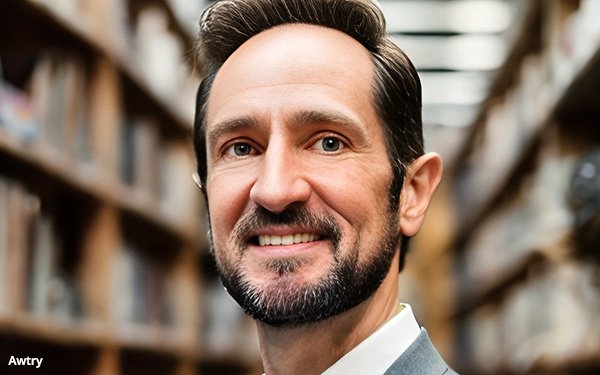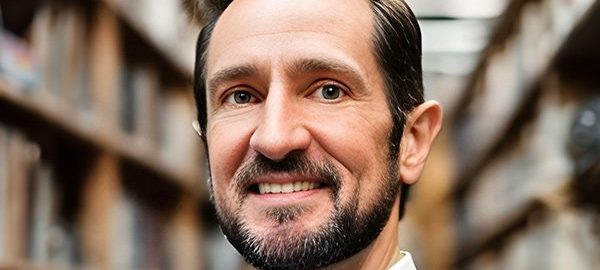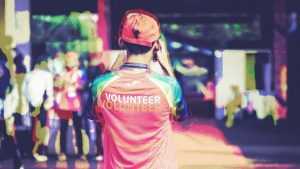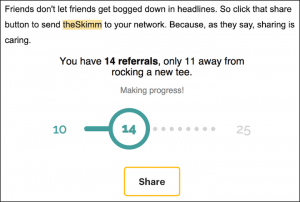Newsweek Appoints Seasoned Audience Developer To Listen, Understand Signals

Newsweek has appointed Josh Awtry to senior vice president of audience development. The former senior vice president of audience at The Hill, Awtry previously led content strategy for Gannett USA.
As Newsweek undergoes an editorial reinvention to find common ground in news coverage and opinion pieces, Awtry plans to reduce the “venom” in the nation’s public discourse and assist in crafting an audience strategy around several themes at Newsweek.
Awtry brings 25 years of editorial leadership to Newsweek, leading newsrooms and guiding media strategy for local and nationwide teams. He spent his career helping media outlets grow their audience, expanding reach while improving quality and journalistic relevance.
Newsweek has set strong goals for growth through a strategy inclusive of content hubs, brand partnerships and subscription products.
Search & Performance Marketing Daily (S&PMD) reached out to Awtry to talk about those goals, how the publication plans to support its 100 million unique monthly users, speed to insight and how he plans to help the journalists who write for Newsweek. What follows are excerpts from the discussion.
S&PMD: What does Audience Development mean?
Awtry: It sits at the junction of data, good shoe-leather journalism, and strategy. You need the correct journalism and then it’s about understanding the audience to improve it.
Someone visits us one time via search — it’s about how to get them to come back. How do we get them to read one more article — to come back frequently? It’s about improving the relationship.
S&PMD: What type of data helps you determine that?
Awtry: Data is the sum total of human decisions. One of the cool things about working in newsrooms for many years, is the ability to see what people are looking at and asking of us. It’s data, but it’s more about humans across the nation giving of their time.
You look at the data in aggregate and apply it to a journalistic mission. If people read more car-crash stories. It doesn’t mean publishing more car-crash stories. It means applying that to the broader journalistic mission — how to help people navigate the community. Show them where most of the car-crashes occur, for example.
S&PMD: How does it work?
Awtry: The world doesn’t need another spreadsheet or dashboard or pivotable. They need to understand the signals. It’s analyzing all the data and give journalists something they can use. It also helps journalistsknow what they shouldn’t be doing.
I’m serving the newsroom, rather than a community of readers. Readers show through their actions what they are interested in and not interested in.
S&PMD: Have you always been this passionate about this work?
Awtry: I thought I was going to be a high school band director. I love music and went to college for journalism and music. I got both degrees. Up until my senior year I wasn’t sure which direction I would take, until I landed a job working the evening copydesk at a small newspaper in the middle of Nebraska. Since then, it was a lights-on moment. And I knew at some point in my life I wanted to work or run a newsroom.
It’s similar to the curiosity that makes for a good journalist. Once the industry moved into data, I could see that the number of times someone read a story. Having the intelligence, if applied ethically and soundly, can be amazing.
S&PMD: Throughout your career, what is the best piece of advice you have receive and from whom?
Awtry: The editor of the Salt Lake Tribune when I first started referred to me as a whirlwind. The first thing she told me is to stop interrupting people. She also said to make sure everyone’s ideas have a chance to soak in. It’s about the heady responsibility as journalists as the independent voice. The gravity of what we do — she really impressed that on me.
S&PMD: What do you think about journalism today?
Awtry: We are seeing amazing journalism and models that couldn’t have existed 20 years ago. The bad news is all these are stringing up because they had to survive. Every day we see layoffs and staff reductions. It’s scary for journalist, but also the future of information. I’ve always been a fan of doing things different, like brushing your teeth with the other hand. It might make your mouth bloody, but you’ll reach a spot you’ve never reached before.
Newsweek is trying to help people find a common ground. Those words — common ground — really stick. I’ve worked in North Carolina and rural Idaho — and I’ve met the most wonderful people. Bring those two together and see what you get today versus 20 years ago.
The answers are very different. To bring it back to journalism, it is at a crossroads but the future is bright if we can find the right business model to higher and fund journalists.
S&PMD: Do you have any immediate goals?
Awtry: Listening for starters. The data is listening. Hearing from journalists is listening to understand the pain points to simplify.
Time is the greatest gift readers can give. One of the greatest gifts we can give journalists is time.
We want Newsweek to reach more of America, which requires a lot of listening.
(11)
Report Post





